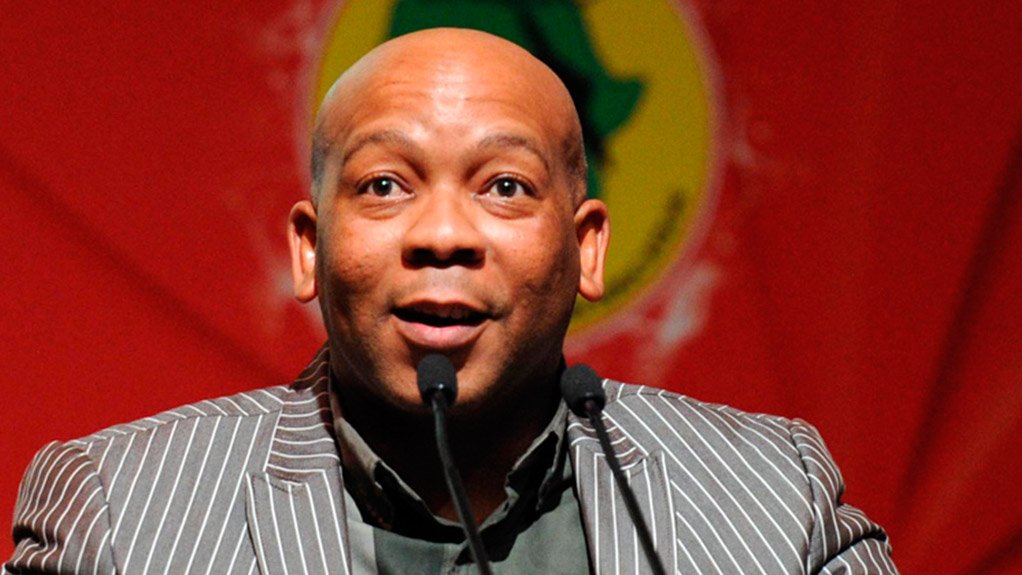Tshwane executive mayor Kgosientso Ramokgopa has pointed to the need for South African cities to become “laboratories for innovation” if their endemic socioeconomic and developmental challenges, such as unemployment, depressed economic growth and energy deficits, are to be meaningfully solved.
This as post-Apartheid South African cities underwent several transitions characterised by a changing demographic, urban influx and energy scarcity, he told the Gauteng Infrastructure Investment Conference on Friday.
“There is a need to construct kinetic cities that are able to adapt to a changing environment, particularly when it comes to finding innovative ways of funding infrastructure development [and meeting their energy needs] . . . that’s why cities should be labs for innovation,” he said.
Elaborating on the changing characteristics of the City of Tshwane, Ramokgopa noted that some 66% of its population was now below the age of 35, while the population swelled by 10 000 people a month.
Greater pressure was also emerging in the country’s cities to transition from a reliance on fossil fuels to renewable energy, which presented opportunities for innovation around energy projects, as well as possible private sector funding participation in these projects.
“Cities don’t have the fiscus to pay for this, so they need to look at other forms of funding,” he said.
ENERGY INNOVATION
The “overriding” factor that needed to be tackled by South Africa’s cities, Ramokgopa added, was the issue of energy security and reliability, as economic growth could not be sustained without reliable access to energy.
Responding to this challenge, the mayor noted that Tshwane had implemented a “bold” programme to ensure that it met its predicted 2030 energy demand requirements of 3 000 MVA.
To meet this demand, the city would require additional capacity of 1 000 MVA within the next 15 years, which would stimulate new economic opportunities and sustain its economy, he said.
Listing short-term projects currently under way to meet this provision objective, Ramokgopa said the city was currently developing a 20 MW solar farm, as well as undertaking a programme of replacing all mercury and sodium vapour lamps and fixtures with energy-efficient induction lamps.
Tshwane was also currently replacing all LED lightbulbs in its streetlamps with solar-powered streetlighting, as well as developing an up to 60 MWh biomass power plant.
“Additional initiatives under way include the successful piloting of a minihydro generation plant in partnership with the University of Pretoria, which will see the installation of a hydropower turbine in the Annlin reservoir, which is currently under construction.
“There is further potential to generate additional capacity of 6 MW a year, thus ensuring energy self-sufficiency if this is extended to other reservoirs,” he noted.
Tshwane was, meanwhile, currently developing a feed-in tariff system and would “soon” implement bidirectional electricity meters that had the capacity of net metering, following which the city’s bylaws would be revised to enable the generation of 200 MW from microgenerators.
Another initiative involved the extraction of gas from landfill for the generation of electricity.
“We will also explore the city’s natural gas potential, which will require private sector participation,” Ramokgopa held.
Meanwhile, in terms of demand-side management, the mayor defended the city’s decision to continue with the roll-out of a contentious “smart metering” programme, noting that it would soon issue a new request for proposals in this regard.
“Focus will be on bidirectional communication between the point of supply and electricity consumption . . . and our electrical infrastructure requirements are being addressed to ensure that the new substations are smart-grid compliant,” he commented.
EMAIL THIS ARTICLE SAVE THIS ARTICLE
To subscribe email subscriptions@creamermedia.co.za or click here
To advertise email advertising@creamermedia.co.za or click here











